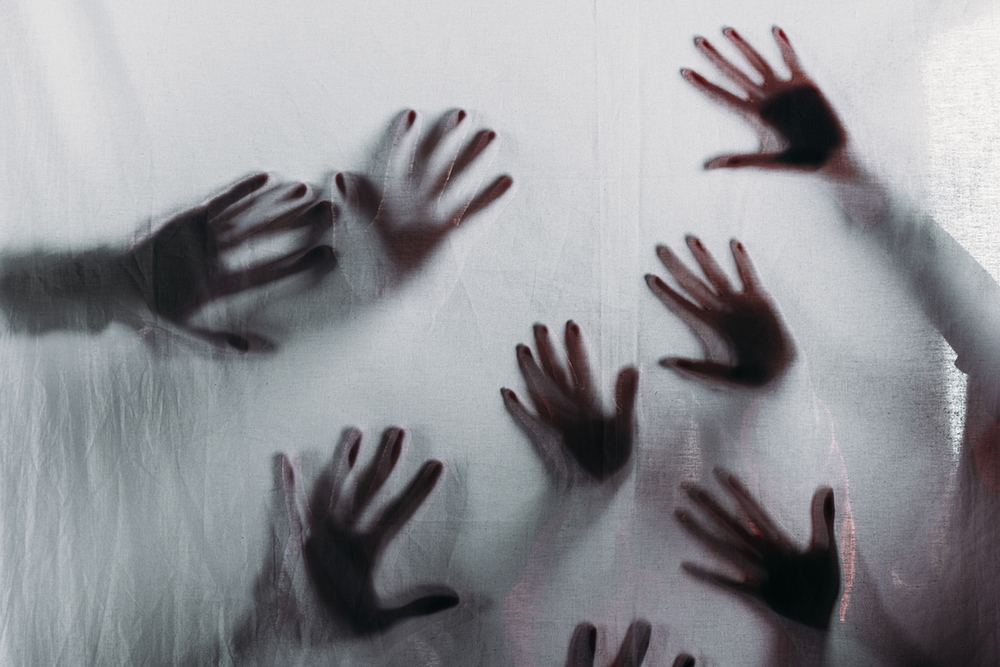What do you fear the most? Is it actually phobia and what are phobias treatments? If you are like most people, you probably fear what can harm you. Indeed, topping lists of what people fear the most are usually deadly diseases and wild animals: In a YouGov poll of 1,000 Americans, most (32%) reported being “very afraid” of snakes.
But people also fear things or situations that are not particularly dangerous (e.g., riding in elevators, giving public speeches). Some of these fears are called phobias.

What are phobias?
Though the distinction between phobia and fear is not clear, the more irrational or extreme a fear, the more likely it will be considered a phobia. For instance, while it is normal to be a little anxious about flying, if you are unable to fly unless heavily sedated, then you might have a phobia of flying.
Agoraphobia, social phobia, and specific phobia
The DSM-5—the latest Diagnostic and Statistical Manual of Mental Disorders—describes three main types of phobias: Social phobia, agoraphobia, and specific phobia. These phobias are briefly described below.
Social phobia: Individuals with social phobia feel highly anxious in social situations because they worry about being judged negatively by others. According to the DSM-5, the social phobia has a prevalence of 7%.
Agoraphobia: Individuals with agoraphobia avoid situations like crowded stores or public transportation because of fears of not being able to escape or receive help in these places, especially in case they have a panic attack or other debilitating symptoms. The prevalence of agoraphobia is under 2%. Specific phobias: These phobias come in many forms; they consist of extreme fears of animals (dogs), nature (storms), blood and injuries (invasive procedures), specific situations (elevators), etc. Roughly 7-9% of the population meets the criteria for a specific phobia.
Phobias Treatments
Phobias are among the most treatable psychiatric conditions. A frequently used and evidence-based intervention for phobias treatments, particularly specific phobias, is in vivo exposure therapy (i.e. real-life exposure). The idea behind exposure therapy is this: If you are extremely afraid of some object or situation, it is likely that you have been avoiding it. However, avoidance rarely reduces your fears; sometimes it makes them worse. In contrast, through guided exposure to what you fear, you may learn the following:
- People, stations, or things that have been avoided (e.g., crowded stores, dogs) are not as dangerous as you had imagined them to be.
- It is possible to cope effectively with high levels of fear, including the intense fear that will probably occur, at least initially, when you are exposed to what you have been avoiding.
- Your fear will naturally go down if you stay in the feared situation long enough.
One form of exposure therapy is flooding (i.e. starting with exposure to the most frightening stimulus). Another form is graded exposure, which means starting with exposure to mildly or moderately scary stimuli, and progressing to more frightening situations only after previous ones no longer cause significant anxiety. In some cases, the therapist can model the behavior the patient is expected to perform. For instance, an individual with cockroach phobia might initially watch his or her therapist touch a glass jar containing a cockroach. When ready, the individual imitates the therapist. Regardless of the subject of fear (e.g., insects, meeting strangers at a party, using public transportation), exposure therapy helps patients face what they have been avoiding. In so doing, patients learn to view the object of their phobia as less dangerous, realize their fear will eventually go down, and come to see themselves as more capable of facing and coping with their fears.

